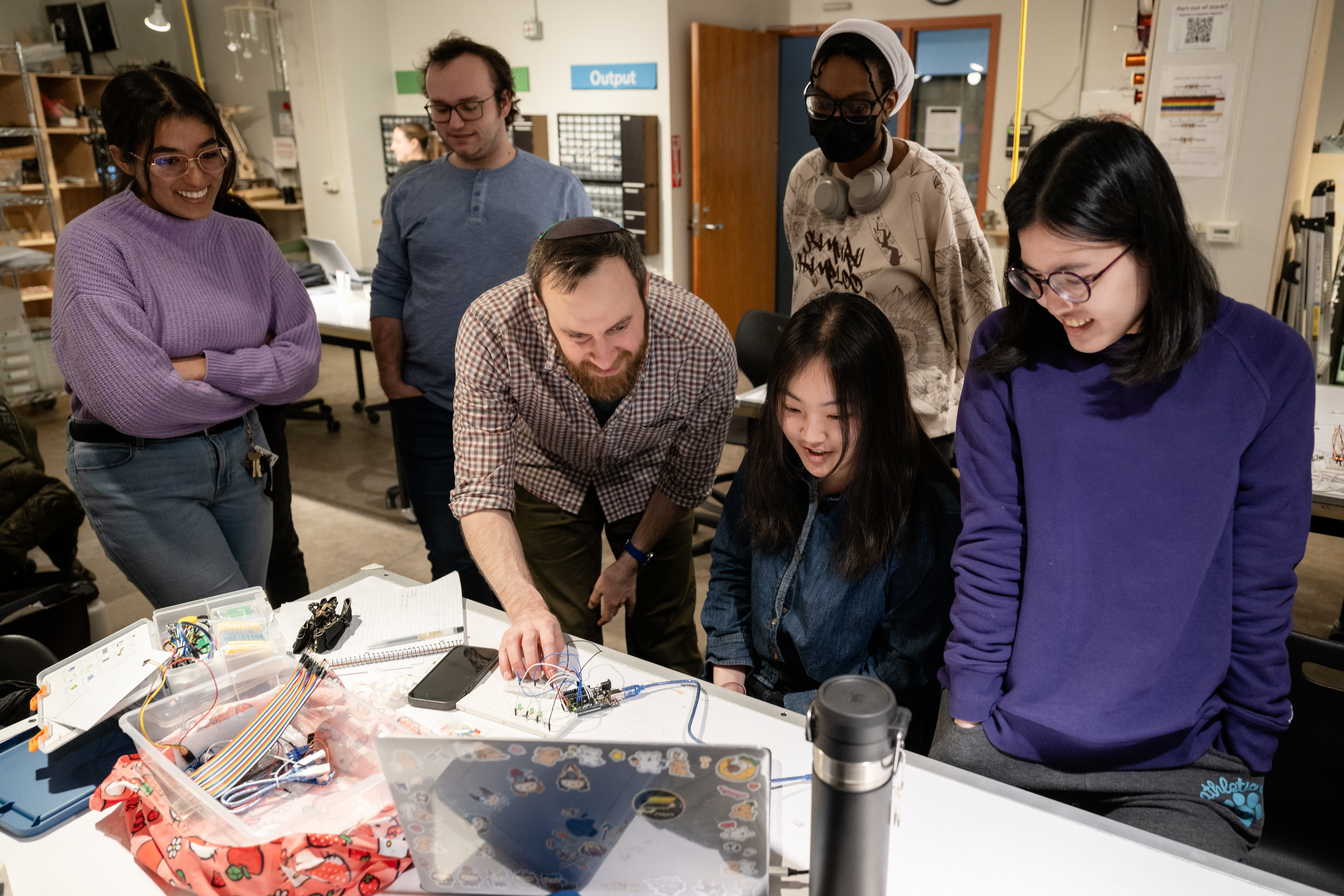
Year in Review: Faculty and Staff Achievements
By Sarah Elizabeth Bender
Within the Integrative Design, Arts, and Technology (IDeATe) network at Carnegie Mellon, we celebrate the many contributions of the faculty and staff who come together from departments across campus to build a collaborative atmosphere for students of all disciplines, growing interdisciplinary expertise and creative inquiry through making.
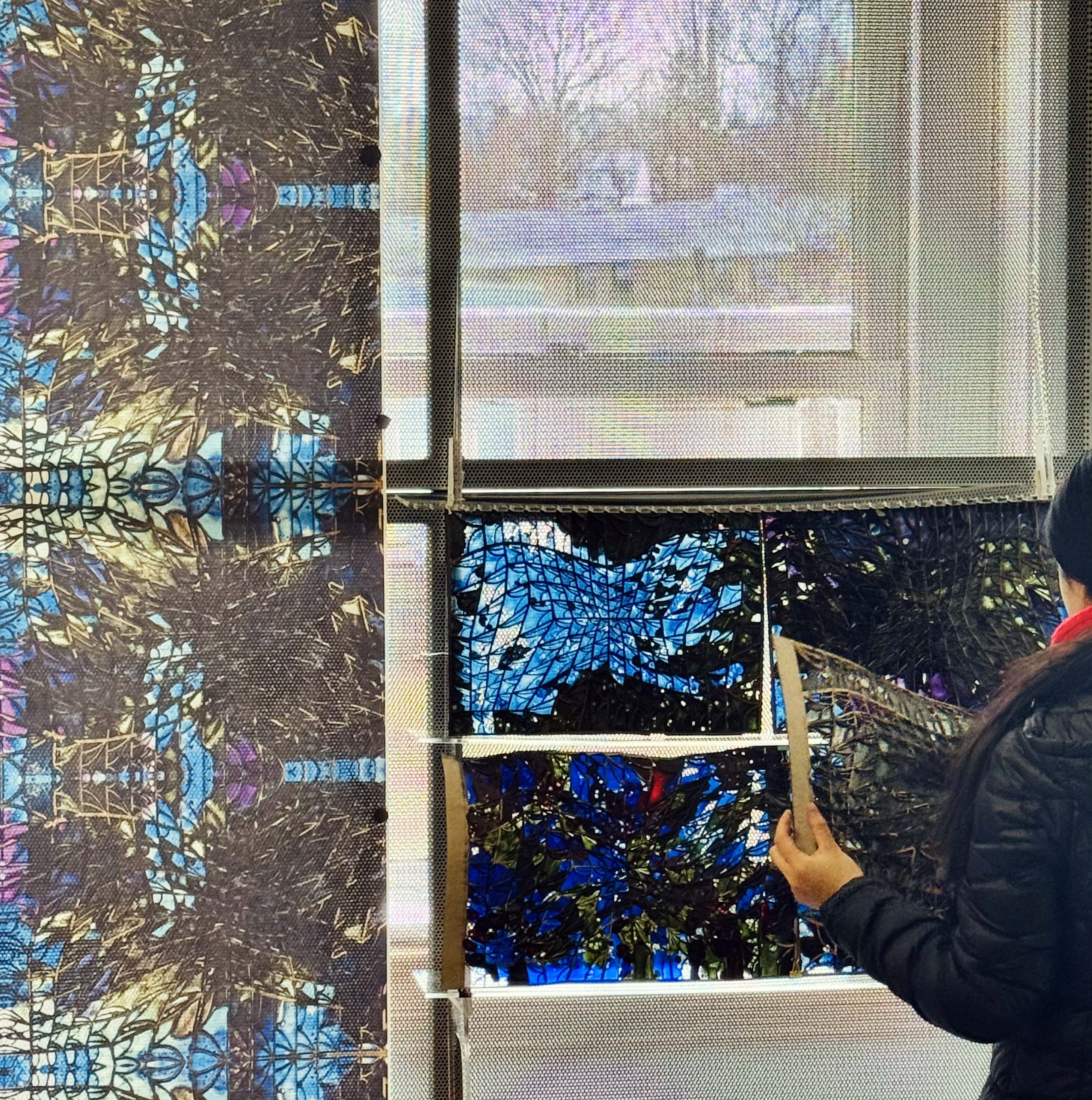 School of Architecture Professor and Master of Science in Sustainable Design Track Chair Dana Cupkova, who teaches courses related to Intelligent Environments and Media Design for IDeATe, oversaw the project Stained Glass Bioplastics: Repurposing Invasive Species and Food Waste. The project, created by recent College of Fine Arts graduates Kimberly Blacutt, Audrey Reiley, and Tobi Aina and recent College of Engineering graduate Jessica Wu, was featured in the international exhibition: Pioneering Biomaterials Digital Exhibition.
School of Architecture Professor and Master of Science in Sustainable Design Track Chair Dana Cupkova, who teaches courses related to Intelligent Environments and Media Design for IDeATe, oversaw the project Stained Glass Bioplastics: Repurposing Invasive Species and Food Waste. The project, created by recent College of Fine Arts graduates Kimberly Blacutt, Audrey Reiley, and Tobi Aina and recent College of Engineering graduate Jessica Wu, was featured in the international exhibition: Pioneering Biomaterials Digital Exhibition.
This project was developed as part of the design-research course: Shaping Environments: Experiments in Geometry and (Waste)Matter, which Cupkova taught in fall 2024. It investigates the repurposing of invasive species — such as Japanese knotweed and spirulina algae — into ecologically attuned biomaterials. Invasive species pose significant ecological threats, but their removal provides environmental benefits and opens up opportunities for material reuse.
Cupkova also co-authored a paper with Jil Berenblum, Nandan Bhusry, and Rovina George, who graduated from the College of Fine Arts in 2024. The paper, “MycoFlame: In Care of Forest Biomes and Wildfire Resiliency,” explores Mycelium-Based Composites (MBCs) as a strategy to enhance forest resilience against wildfires and support post-disaster ecosystem restoration. The team also exhibited the project at the ACADIA 2024 conference, where it received the Best Project Runner-up award.
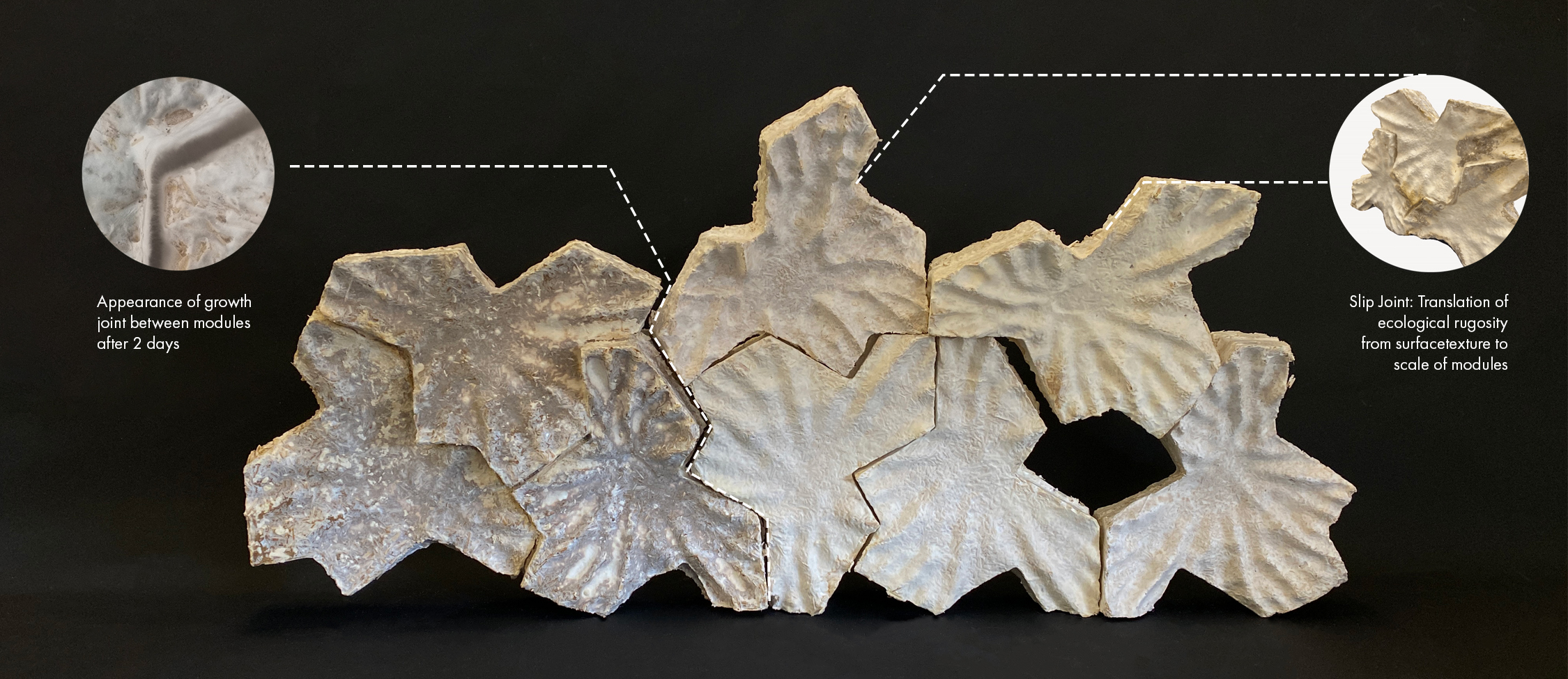
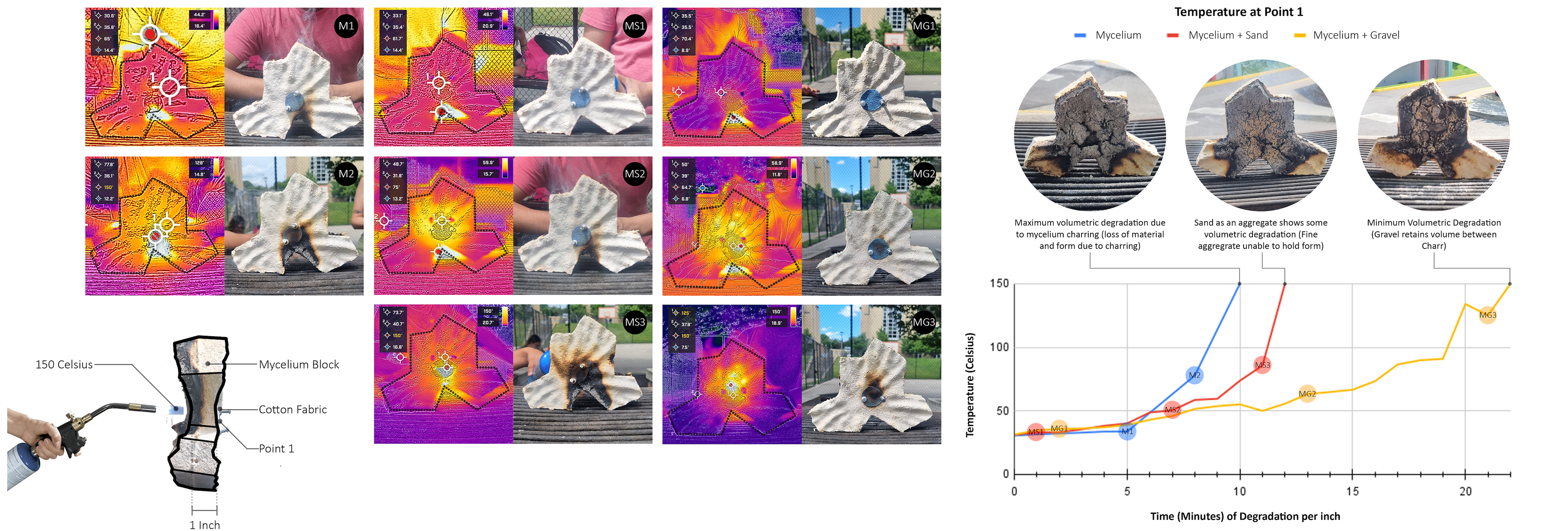
The Pittsburgh Dealmakers Hall of Fame recognized a class of dealmakers that has made an often-groundbreaking impact on their organizations, industries and the region over the course of decades in business. Founding Executive Director of the Swartz Center for Entrepreneurship Dave Mawhinney, who teaches IDeATe courses related to Innovation and Entrepreneurship, was an honoree.
Mawhinney also received a Lifetime Achievement Award from the Pittsburgh Venture Capital Association, which recognizes the body of work for those individuals that have had a lasting impact on the entrepreneurial and venture investing activities of the Western PA region and beyond.
Technical Specialist Cody Soska completed his Masters of Educational Technology and Applied Learning Sciences, specializing in Educational Design and AI-integration for educational/educational-support work. This was in the Human-Computer Interaction Institute within the School of Computer Science.
He did his capstone work with Associate Professor of Learning Sciences Amy Ogan and Director of the Learning Media Design Center and IDeATe Assistant Dean for Curriculum Marti Louw as the Project Manager for his team's Young Africa Works — AI for Educators course/dashboard. He did his thesis work with Research Professor David Touretzky on the AI4k12-Initiative designing and building the Plush Neuron, an NSF-funded project that uses a tangible learning tool to teach AI concepts and neural computation to middle schoolers.
IDeATe Associate Dean Richard Nisa contributed a peer-reviewed entry for Oxford University Press's collection of annotated Geography Bibliographies titled “Historical Geography of Infrastructure.”
Associate Teaching Professor in Media Creation and Multicultural Studies Stephan Caspar, along with Nicole Mills, coordinator of the French language program at Harvard University, contributed a chapter to “The Routledge Handbook of Language Program Development and Administration.” The chapter is titled “Immersive Technologies in Language Program Administration: Considerations, Applications, and Implications.”
School of Design Professor and Director of Graduate Studies Stacie Rohrbach is working on the project “Rewriting Recovery: Designing Mental Health Resources for Empowerment and Understanding,” which is funded by the Joseph Ballay Center for Design Fusion Fund. The project recognizes that access to clear, actionable information about anorexia nervosa remains limited, frequently buried in dense scientific literature, or oversimplified on health websites. As a result, individuals affected by the disorder frequently navigate a confusing and challenging journey through diagnosis, treatment, and recovery without adequate support.
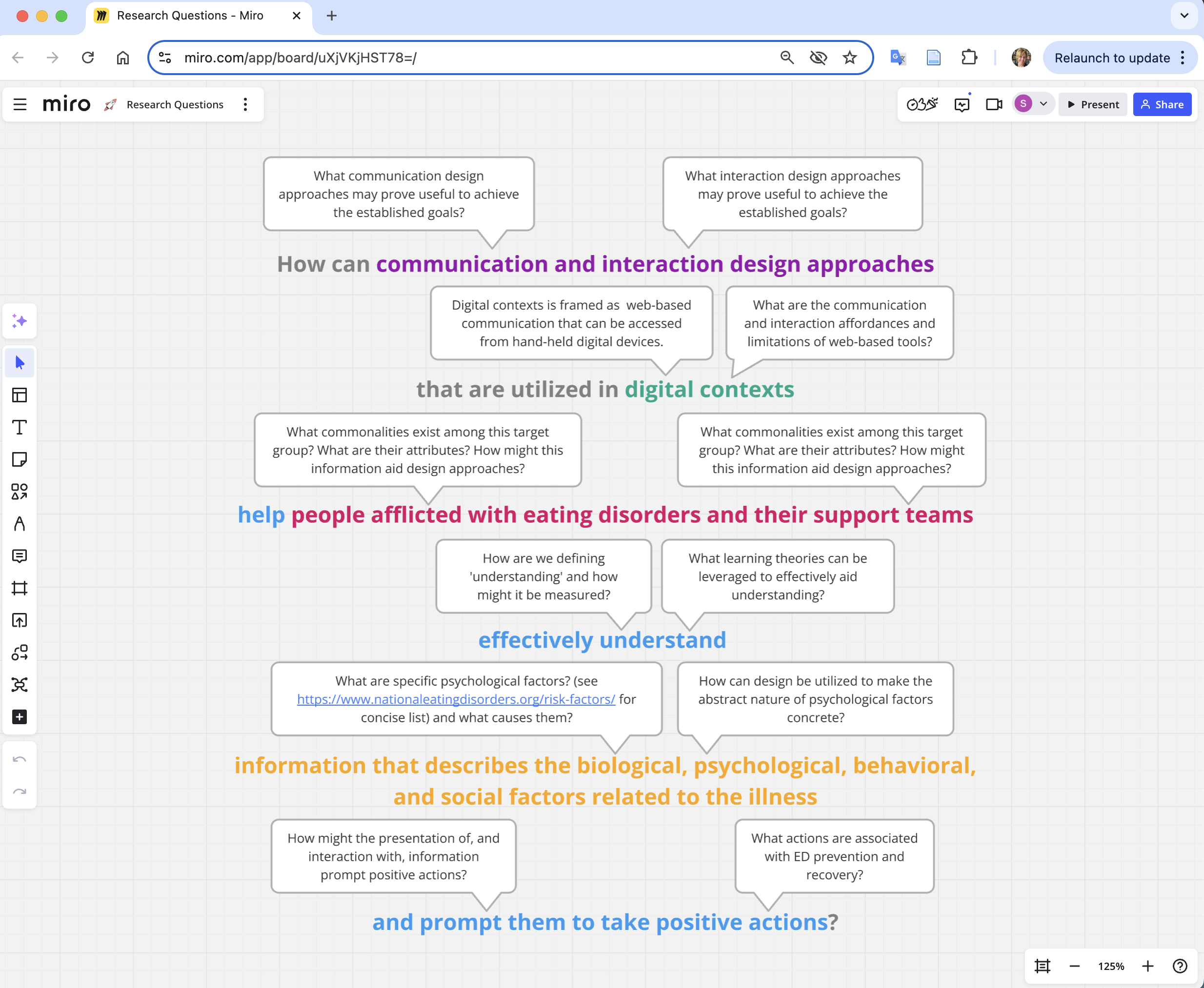
This research aims to uncover and communicate essential information at crucial points in the process, enhancing people’s understanding of the disorder and empowering them to engage meaningfully with professional care. Through design-led research, her team, which includes individuals with backgrounds in design, neuroscience, biology, and professional writing, is utilizing digital tools to support wellness journeys by providing individualized, timely, empathetic, and accessible information. While originating from a focus on anorexia nervosa, this work aspires to transform mental health resources into engaging learning experiences through the development and application of thoughtful communication strategies.